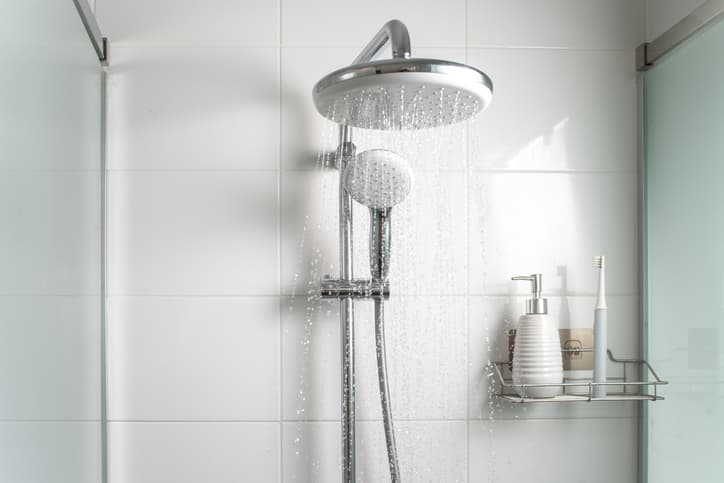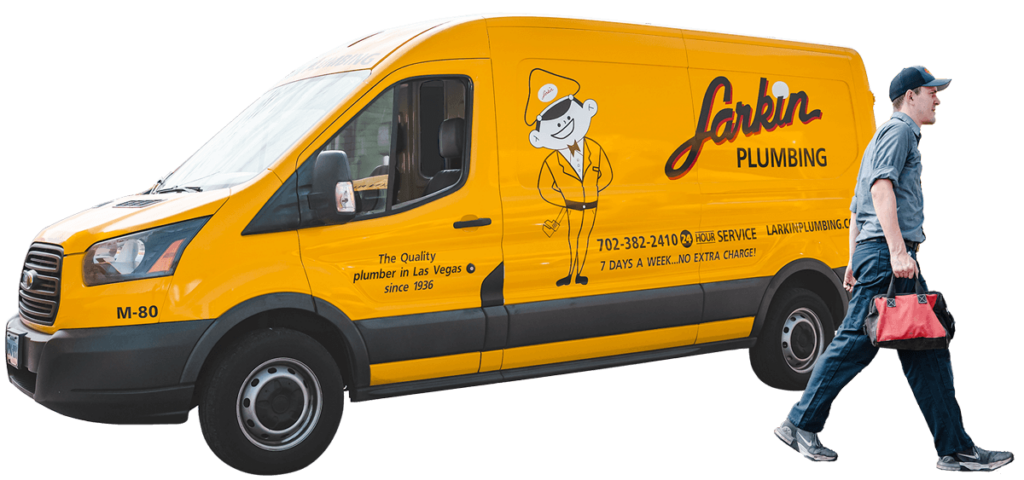
If you’re afraid to open your water bill every month, it’s time to start making changes that can help you save money. These simple changes don’t necessarily need to affect your everyday life, but they can do wonders when it comes to reducing the amount you’ll owe each month. The key is to get the whole family on board when making changes to lower the bill, as this will help reduce overall water usage. Here are some tips from our Las Vegas plumbers:
1. Use a Faucet Aerator
One of the easiest things you can do to reduce your water costs is to use a faucet aerator. A faucet aerator is a small metal piece that connects to the tip of the actual faucet. It works by combining air with water, which produces a more streamlined flow and a reduction in the amount of water that’s being used. These aerators are easy to find and effortless to install. They simply screw onto the end of your faucets and can last for years without needing to be replaced. Once the aerator shows signs of wear or rust, it’s time to replace it with a new one.
2. Turn Water Off When Not in Use
We’re all guilty of it – letting the water run when it’s not actually in use. If you’re brushing your teeth or shaving, you don’t necessarily need the water running nonstop. The same can be said when washing dishes or cleaning the tub. A great way to limit the amount of water that you’re using is to shut off the tap whenever you find that it’s idling. You could possibly save hundreds of gallons in just one week by making this quick, easy change!
3. Take Shorter Showers
Sure, we all like to take a long, hot shower from time to time, but it’s not worth the money to do this every day. Try to limit the length of your showers by about five minutes. If you typically spend 15 minutes in the shower each morning, try to get it done in just 10 minutes. Likewise, avoid taking too many unnecessary showers in a day. It’s not uncommon for people to have a habit of taking two showers a day, whether or not it’s necessary.
Related: Las Vegas Water Heater Installation and Repair
4. Make Sure Laundry and Dishwasher Loads are Full
If you’re continually running half-full loads in the washing machine or dishwasher, you’re not getting the most out of these appliances. Not only does this put more wear and tear on the appliance itself because it’s running more frequently, but you’ll be using hundreds of extra gallons of water every month. Try to avoid the temptation of running a load that’s very small, since you’ll have to run another load shortly after as more dishes or clothes accumulate. As far as laundry, you may even want to designate one specific day of the week for doing laundry. This will help to prevent washing half-loads on other days.
5. Upgrade to Water-Efficient Appliances and Plumbing Fixtures
If your home is older, you might have appliances and plumbing fixtures that aren’t necessarily energy-efficient. Things like old water heaters, fixtures and pipes can all cause you to use more water than you’d like. Upgrading these appliances does take some time and money, but you’ll see significant cost savings immediately after everything is put into place. An added bonus is that you’ll also be saving on your energy bill in addition to your water bill.
Related: Las Vegas Shower Installation and Repair
6. Fix Plumbing Leaks
It’s pretty obvious when a pipe has burst in your home. You will have very low water pressure, and in some cases, you might have no water at all. Unfortunately, smaller leaks are a lot less visible and can go unnoticed for months or even years. In some cases, homeowners don’t know they have a small leak until they start smelling or seeing mold in certain areas of the house or notice other subtle signs of a plumbing leak.
It is crucial that you have a professional plumber perform an inspection to look for these leaks. With thorough leak detection services, they will be able to fix the leak and prevent your water from constantly running. Similarly, it’s essential that you fix any minor drips that are occurring from your fixtures, as this can lead to a lot of water loss over time.
7. Install Low-Flow Toilets
If it seems like your toilet is always running, it could be a major contributor to your high monthly water bill. You might have seen low-flow toilets in use in many different stores and venues. The purpose of these toilets is for you to be able to use less water for each flush. Some toilets allow you to change the pressure according to what’s being flushed. For example, if only water and toilet paper will be flushed, you’ll be able to use a lower flow setting. If you’re going to be flushing waste down the toilet, you can use a higher flow setting so that everything goes down without a clog. These toilets are a great way to reduce water usage throughout the day.
Need help fixing common plumbing problems? Call the plumbing experts at Larkin Plumbing today.
Larkin Plumbing Can Work With You to Make These Changes
Making these changes to your lifestyle and home can have a significant impact on the amount that you spend on water every day. For leak detection services and appliance upgrades, such as water heater installation or bathroom fixture installation, be sure to contact Larkin Plumbing in Las Vegas today! The experienced technicians at Larkin Plumbing can come to your home for a free evaluation on how to get your home running more efficiently.
Related: Residential Plumbing Cost Guide
Our Location in Las Vegas
We serve all of the greater Las Vegas area including Henderson and Summerlin NV.

